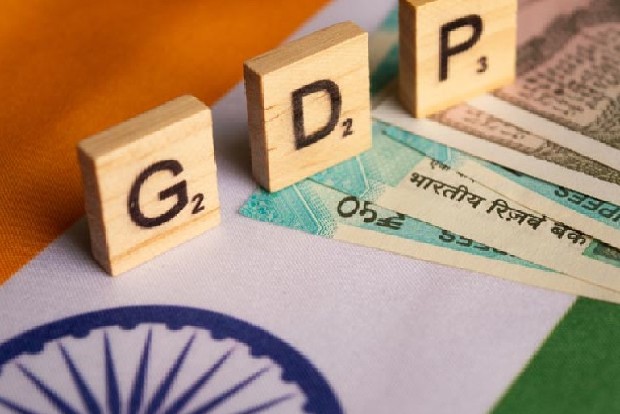Begin typing your search...
Editorial: India’s USD 5 trillion dream unravels
India’s GDP in the year 2019 was $2.7 trillion. And it was in the same year that Prime Minister Narendra Modi had announced India’s grand vision to become a $5 trillion economy by 2025.

Chennai
Technology giant Apple breached the $3 trillion market capitalisation mark in January this year. This makes the Cupertino-based company the first enterprise to scale such a peak. The record market capitalisation figure is higher than the GDP of the UK and that of India. Only four countries in the world have a GDP greater than Apple’s market cap – the US, China, Japan, and Germany. To lend this some local perspective, India’s GDP in the year 2019 was $2.7 trillion. And it was in the same year that Prime Minister Narendra Modi had announced India’s grand vision to become a $5 trillion economy by 2025.
Three years hence, the debate is still raging on how India has fared on this front. Critics have disputed the country’s ability to reach the lofty goal while the more optimistic ones believe there are tactical advantages working in favour of the vision. Earlier this month, during the Union Budget, the Centre highlighted the measures it has been taking to turn this dream into a reality.
Chief Economic Advisor V Anantha Nageswaran has said that if India continues with the 8% of real GDP growth rate, it will translate into an 8% dollar GDP growth. Essentially, India should turn into a $5 trillion economy in terms of nominal GDP by FY 2025-26 or FY 2026-27. However, erstwhile RBI governors like Raghuram Rajan and C Rangarajan have a different viewpoint on this. In October last year, Rangarajan said the ambition of becoming a $5 trillion economy by 2025 is impossible in the current circumstances as India would have to grow at 9% per annum over the next five years to achieve it.
Rajan highlighted that beefing up manufacturing while replicating China’s economic model of export-led growth, will not work in the Indian scenario. The loss in manufacturing-led growth for India seems to be visible over a seven decade period. In 1951, the primary sector’s contribution to the GDP was 56.4% which has dwindled to 20.2% last year. The visible growth is largely driven by the secondary sector (24.3%) and the tertiary sector of services (53.9%).
Having said that, India is now faced with multiple elephants in the room. CMIE data tells us that as of December 2021, there are over 5.3 crore unemployed individuals in the country, and a massive proportion of them are women. Of the 3.5 crore people actively looking for jobs, 80 lakh comprise women. There are also 1.7 crore people, who while being jobless, are not actively looking for employment. India’s employment rate has been pegged at 38% as well, which means the country needs to generate jobs for 60% of the population, which is no small feat by any stretch of imagination. It’s also worth recalling that the nation is just gradually limping back to normalcy in the aftermath of the waning pandemic. So several sectors are just beginning to open up, and these include the travel, tourism and hospitality enterprises which are expecting a surge in business, thanks to pent-up demand.
Bringing about virtuous cycles of employment will depend on how India projects itself to the rest of the world, as an investment friendly, growth positive, safe and reliable business destination. Whether such investments can be made on account of manufacturing or services is a question that requires deep deliberation, keeping in mind the prevailing socio-economic milieu, and the pros and cons of choosing one industry over the other.
Visit news.dtnext.in to explore our interactive epaper!
Download the DT Next app for more exciting features!
Click here for iOS
Click here for Android
Next Story



